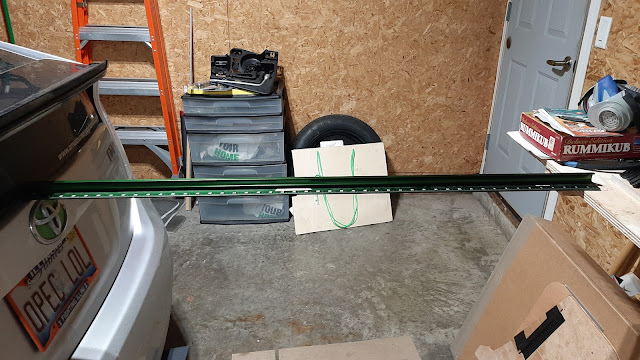Optimizing a Tail for Low Drag: Part 2

Formulating Requirements Before I begin testing (and especially before I begin construction!), I want to identify the requirements my tail should meet. “Requirements” specify the objectives a design must fulfill and how it should achieve them. Requirements can be split into two categories: technical (or engineering) and stakeholder. Stakeholder requirements lay out the needs or desires of all stakeholders in a project (in this case, that’s just me). Technical requirements specify the performance objectives a design must fulfill in exact language with specific, measurable goals. TECHNICAL REQUIREMENTS Length I wrote in my first post that tails are a good option for reducing drag if you don’t care about the length of your car—since a tail requires length to function, adding length to your car is unavoidable if you decide to build one. But how much length you’re comfortable adding is something you’ll have to decide. My car still has to fit in my garage (first constraint), and s
